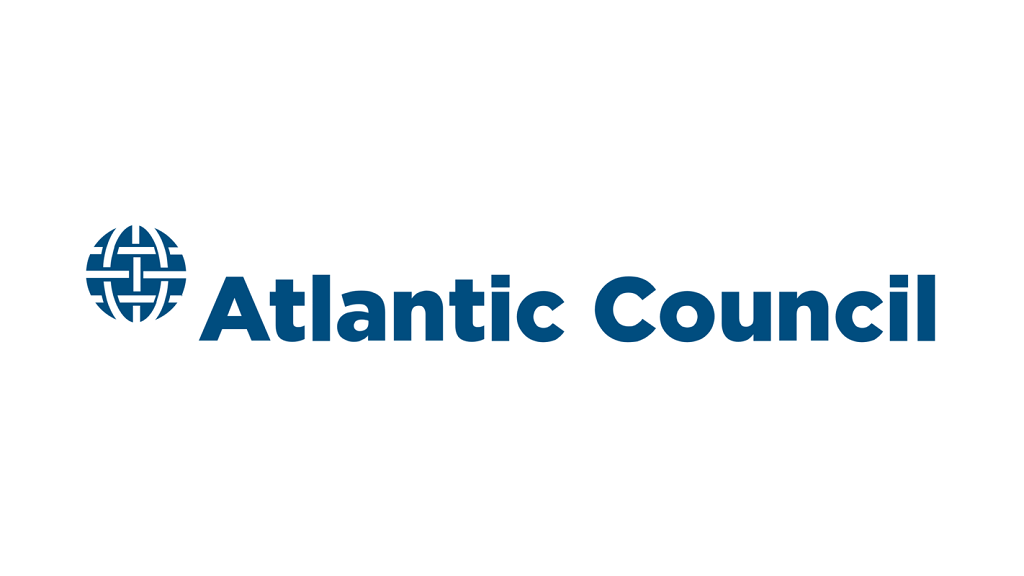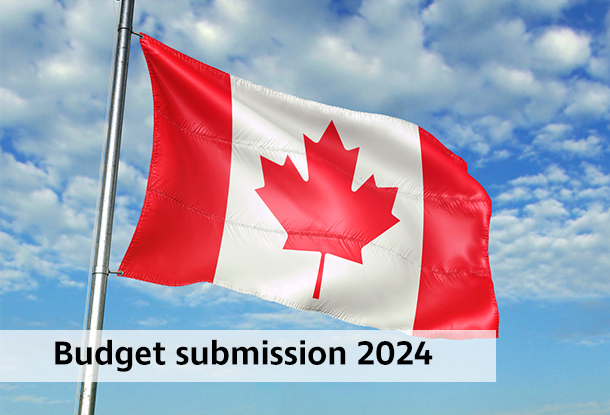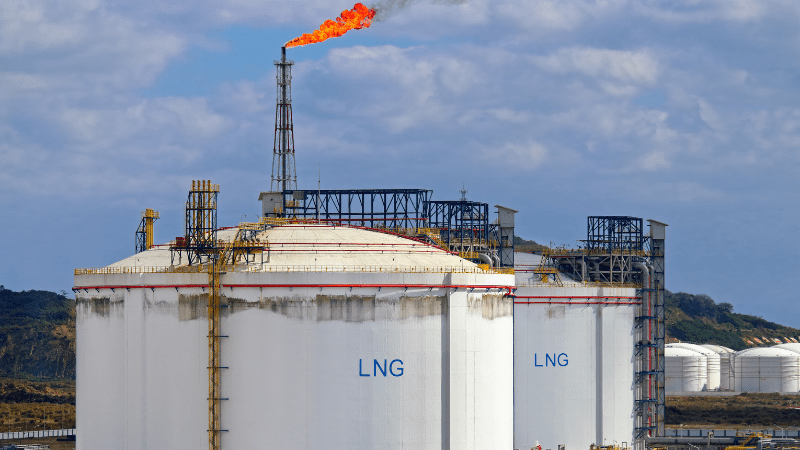Daniel Fried, John E. Herbst and Alexander Vershbow, Ukraine Alert / Atlantic Council.
War drums are beating in Europe. For the second time this year, Moscow is assembling up to 100,000 troops and military hardware on its border with Ukraine. The Biden administration judges that there is a real possibility that Russian President Vladimir Putin may decide to launch a new invasion of Ukraine in the next 2-3 months despite the high costs Moscow would incur.
Alarmed at the prospect of a potential Russian escalation, Washington dispatched CIA Director Bill Burns to warn of the severe consequences of such a step. When that mission produced no notable results, Washington made its concerns public. Secretary of State Antony Blinken took advantage of a press conference with visiting Ukrainian Foreign Minister Kuleba to scold Moscow for its military build-up, raise the possibility of a major new Russian offensive, and express strong support for Ukraine.
With Blinken in the lead, Washington has been consulting closely with allies. The results have been notable as NATO and then France and Germany jointly issued statements of support for Ukraine in the face of new aggression. Equally important, the United States has been asking its European allies and partners what they might do in terms of sanctions on Russia and military assistance to Ukraine if Moscow strikes again.
We are not predicting that Moscow will strike as this may be an elaborate bluff, but the Kremlin is putting itself in a position to strike and Putin’s rhetorical attacks on Ukraine and NATO have provided the justification the Kremlin would use for military action.
Putin may hope to scare the West, without the use of force, into scaling back its support for Ukraine, and to convince Ukrainian leaders that they must give up their dreams of Euro-Atlantic integration and accept Russian diktat. Indeed, he may hope Western leaders will persuade Kyiv to accept Russia’s terms in future negotiations, just as they persuaded Ukraine not to use its then weak military to fight Moscow’s seizure of Crimea in 2014.
Putin has upped the ante by drawing a new red line, in addition to his longstanding opposition to Ukrainian NATO membership. In recent weeks, Putin has declared that NATO’s military presence in Ukraine and allies’ arming and training of Ukrainian armed forces are tantamount to de facto military integration of Ukraine into the Alliance and therefore an unacceptable threat to Russia as well.
Moreover, beyond Putin’s purported security concerns, Ukraine is a highly emotional issue for him. His statements and pseudo-historical writings make clear that he resents Ukraine’s independence, questions its legitimacy as a sovereign state, disputes Ukrainians’ existence as a separate people, and is outraged by Kyiv’s refusal to accept Russian hegemony. He has made new territorial claims against Ukraine, arguing that Soviet leaders “robbed” Russia of its historic lands.
Putin may feel that, despite the high costs of an invasion, he has no choice but to go for broke, since further delay could guarantee that Russia loses Ukraine forever. This is not just a question of military security; Putin may fear that Ukrainian democracy, the rule of law, and resulting prosperity, if the Ukrainians can get there, would threaten Putinism in Russia through the power of example.
The best way to deter Moscow is to clearly lay out the cost of such a strike, while offering Putin a diplomatic way out. The Biden administration is off to a good start in communications to Moscow and cooperation with Europe. We offer here our thoughts on what concretely the United States, NATO, and the EU should do to dissuade Moscow from escalating and, ultimately, convince Putin to seek a reasonable political solution.
If Putin is seriously contemplating military action against Ukraine, the United States and its allies will need to move quickly to convince him to reconsider. That means spelling out the huge price Russia will pay for renewed aggression, but also offering Putin a diplomatic path to deescalation on terms that Ukraine could accept.
The costs should include a major ramping-up of Western sanctions, termination of the Nord Stream 2 gas pipeline that connects Russia and Germany, and freezing the offshore financial holdings of Putin and his cronies (more on sanctions below). Washington could also threaten to cancel the next planned Biden-Putin summit and to suspend or downgrade the level of talks on strategic stability and cyber security.
In concert with its NATO allies, the United States should make clear that we will continue to support Ukraine militarily consistent with its sovereign right to defend itself, rejecting Russian efforts to make this a new red line.
In the short term, to deny Russia a quick victory, Washington should accelerate delivery of systems that could degrade Russia’s military effectiveness and increase the costs of an invasion such as additional Javelins, air defense systems, coastal defense, electronic warfare systems, counter-artillery and counter-battery radars, and stepped-up intelligence sharing.
Washington’s commitment to help Ukraine resist Russian aggression could be reinforced by steps to increase the rotational presence of US and NATO forces inside Ukraine at training ranges and naval bases. Looking to the longer term, NATO could agree that ensuring Ukrainian forces have the capabilities and training to deter Russian aggression will be a top priority under the new NATO Strategic Concept to be adopted in 2022.
A robust set of sticks along these lines may be enough to convince Putin to pull back from the brink. Indeed, they are the foundation of any successful deterrence policy. But we may be more likely to change Putin’s calculus (and secure allied support) if these sticks are accompanied by a US-Ukrainian diplomatic initiative aimed at jump-starting the stalled negotiations on Donbas.
Such an initiative would give Moscow the opportunity to raise its concerns directly with the United States regarding the status of Russia’s clients in eastern Ukraine, but without compromising Ukraine’s vital interests. It would preserve the objectives of the Minsk Agreements, restoring genuine Ukrainian sovereignty and self-rule over the occupied territories, while preventing Moscow from turning them into a Russian-controlled Trojan horse like the Transnistrian republic in Moldova.
As part of such an initiative, the United States could agree to become a full participant in the talks, alongside France and Germany, who have been unable to broker a solution on their own.
The United States would agree with Kyiv on red lines before entering the talks, such as no implementation of the political aspects of the Minsk Agreements without Russian compliance with its never-fulfilled military obligations (permanent ceasefire, withdrawal of foreign forces and heavy weapons, disbandment of illegal militias); no local elections in the Donbas with Russian and proxy forces still present; and special status for the Donbas after elections to be based on the Ukrainian law on decentralization (since the Minsk Agreement does not support Russian demands for a Donbas veto over Ukrainian foreign policy).
On the contentious issue of when to restore Ukrainian control of the international border, which Russia insists must come at the end of the process, the United States and Ukraine would offer as a compromise the internationalization of the occupied territories as a transitional measure. This would include a neutral peacekeeping force to take the place of Russian-led forces and militias inside Donbas and an interim international civilian administration to replace the self-declared people’s republics. The international presence would restore normal governance, establish professional local police forces, oversee the return of refugees, and organize local elections in conditions consistent with OSCE standards.
Although Russia may be slow to engage on the initiative, it would demonstrate US and Ukrainian readiness for a genuine compromise to end the war in eastern Ukraine. It would be consistent with the Minsk framework but introduce implementation mechanisms that are absent from the original Minsk documents.
If Russia agreed to end the Donbas conflict on this basis and implemented its side of the deal in good faith, the United States and its allies would be able to scale back the provision of lethal weapons to Kyiv. Such an agreement would open the way to the lifting of Donbas-related sanctions and resumption of cooperation between Russia and NATO that could help defuse Russian anxieties about Ukraine’s relationship with NATO over the longer term.
To discourage a Russian attack and strengthen a diplomatic offer, the United States and likeminded allies including the EU, UK, Canada and key European national governments should prepare new sanctions options that are strong enough to hurt but not so strong that they cannot be used.
Happily, the Biden administration appears to be doing just that, consulting with its allies on a fast track to develop options. Sanctions options exist that will hurt the Russian economy with costs that will mount over time and put pressure on and expose Putin’s own circle of corruption. Sanctions options that may appear extreme under current conditions would appear in a different light should Russia launch major new military action against Ukraine.
Sanctions can work in unexpected ways, if sustained and integrated with a consistent policy of resisting aggression and responding to constructive moves if these are made. The sanctions already imposed on Russia since 2014 have done significant damage to its economic growth.
Two general categories of sanctions options are available: economic (so-called sectoral) sanctions and individual sanctions. The most impactful sectoral sanctions have been financial. Escalatory options include full blocking sanctions against big state banks and investment agencies. Sectoral sanctions could be broadened to new areas such as mining, metals, shipping, and insurance. State-owned companies in these sectors could also be targeted for full blocking sanctions.
In addition, the July 21 US-German Joint Statement on energy security (and Nord Stream 2), though sometimes criticized as a concession to the Kremlin, includes agreement on a new, important sanctions option: limits and sanctions on Russian energy exports to Europe should Russia commit further aggressive acts against Ukraine.
The United States and its allies imposed individual sanctions on Russians after 2014: against officials responsible for the attack or aspects of it, and against Putin’s circle of corrupt cronies. The United States and Europe should return to and intensify efforts to target individuals including oligarchs, cut-outs, bag men, and other Putin “wallets” who are instrumental to Putinism. As one Russian democratic dissident put it, Putinism requires Russia to be without the rule of law so Putin and his circle can steal from it, but also requires the West to respect the rule of law so that Putin’s cronies can park their ill-gotten gains there in relative safety. The West need not make that game easier. (More detail on the various options can be found here.)
Diplomatic Solidarity
In 2014, it took the United States and Europe three months after Moscow began its war in the Donbas to impose strong sanctions on Russia. While late, that reaction, and Ukrainians’ courageous resistance to Russian forces in the Donbas, may have convinced Putin to pull back from additional military action and to scale back, at least temporarily, his territorial designs on Ukraine.
But now Putin is testing whether he can strangle Ukraine again without paying a heavy price. He may think he sees signs of weakness: the chaotic US withdrawal from Afghanistan and the ensuing frictions with NATO allies; US eagerness to see progress with Russia on contentious issues where none exists (e.g., in cyber, despite cyber-attacks originating from Russia on US oil infrastructure); high natural gas prices; and a sluggish response to the Russian use of gas as a weapon against Ukraine and Europe (e.g., Russia withholding additional gas deliveries to Europe until the Nord Stream 2 pipeline is approved for operation).
The United States and Europe have the means and responsibility to disabuse Putin of the notion that they are weak or lack options to deal with Kremlin aggression. They need to act in solidarity in support of Ukraine, not reacting to Putin’s threats by signaling a panicky desire to ease tensions on Putin’s terms.
To that end, the United States and Europe should:
- Stand with the Ukrainians in rejecting Putin’s preferred outcome for settling the Ukraine conflict on his terms, such as a federalized Ukraine with a Russian-controlled Donbas having the power to veto national policy.
- Intensify diplomatic efforts based on the Western, not Kremlin, interpretation of the meaning of the Minsk framework. That framework contains elements that would allow Putin to claim that some Russian interests (e.g., some measure of local autonomy for Donbas) have been respected while not compromising Ukrainian sovereignty as Putin desires as a maximum objective. The benchmark should be Ukrainian legislation on decentralization.
- Signal to the Kremlin that a desire for “stable and predictable” relations will not cause the West to turn a blind eye if Putin acts militarily or uses energy pressure against Ukraine (or if his client Alyaksandr Lukashenka acts against Poland, Lithuania, and Europe using migrants).
- Urgently provide Ukraine additional arms and training to defend itself and thus deter a Russian attack.
- Accelerate efforts to help Ukraine with coal and gas supplies this winter and intensify efforts, already included in the US-German joint statement, to integrate Ukraine’s electricity grid with Europe.
- Keep pressing Ukraine to strengthen its sovereignty by building up its rule of law, curbing its own oligarchs, and creating a prospering, free Ukraine that could be an inspiration to Russians and an effective challenge to Putinism.
A strong, unified US and European policy toward Putin’s Russia has the best chances of warding off an attack on Ukraine. Even Putin may hesitate to act in the face of US and European solidarity. The Kremlin may regard Germany as especially important, and a strong German stance could change Putin’s calculus.
To get to the better relationship with Russia that the United States and Europe both seek, they must first deal with Russia as it is. Fortunately, many of these good steps are underway, especially on the part of the United States and United Kingdom, which is ramping up its military cooperation with Kyiv. Relations between the West and the Kremlin are rough, and they’re likely to get worse before they get better. Transatlantic steadiness and determination now is the best way to get to a better place.
Share on Social Media




































